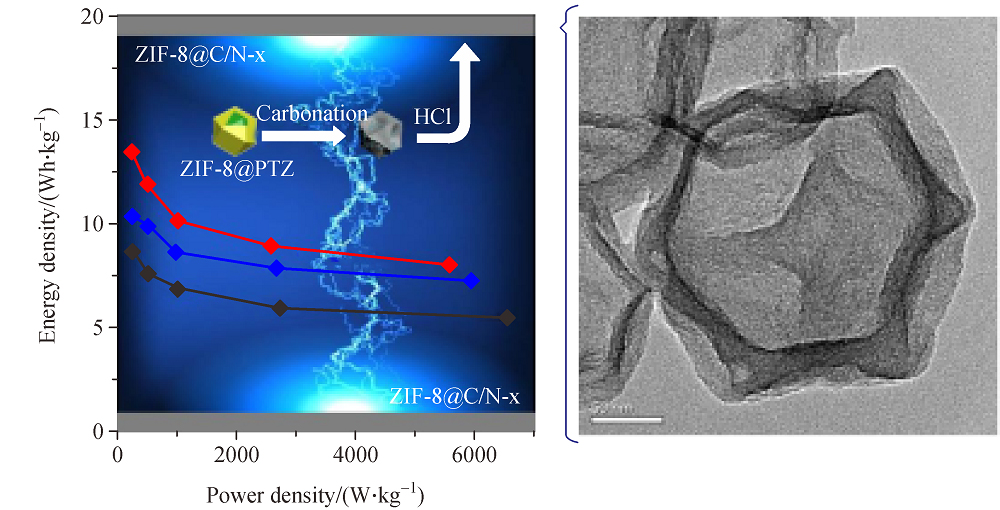Figure 4(a) presents the galvanostatic charge/discharge (GCD) curves with a current density of 0.5 A·g
‒1 of ZIF-8@C/N-x, as well as the GCD curves at various current densities are shown in Figs. S1(a,c,e) (cf. Electronic Supplementary Material, ESM). The curve of ZIF-8@C/N-x slightly deviates from the linear shape which shows the presence of pseudo-capacitance [
51]. Besides, ZIF-8@C/N-2 shows a much longer charge/discharge time than other samples, suggesting a higher specific capacitance value. This result suggests that more surfaces in ZIF-8@C/N-2 become accessible for electrolyte ions [
52]. Figure 4(b) shows the cyclic voltammetry (CV) curves of ZIF-8@C/N electrodes at a scan rate of 200 mV·s
‒1 in 6 mol·L
‒1 KOH. All curves display a quasi-rectangular shape, indicating the synergistic contribution is from electric double-layer and faradaic capacitances. The CV curves were deformed which is mainly due to a surface redox reaction happened in the N-5 and N-6 carbon matrix [
53]. Additionally, the CV curve area of ZIF-8@C/N-2 is larger than other samples, which is consistent with the GCD results, indicating the highest capacitive property due to the highest N-5 and N-6 content from ZIF-8@C/N-2 (Table 1) even though it quite poor porosities. The CV curves at various scan rates are shown in Figs. S1(b,d,f), and the rectangular-like shape is maintained even swept at 500 mV·s
-1, reflecting its excellent rate performances. The specific capacitance of the single electrode calculated from the GCD curves at different current densities (Table S1, cf. ESM) is shown in Fig. 4(c), and the specific capacitance decreases with increasing current density. The Nyquist plots of ZIF-8@C/N-x are presented in Fig. 4(d). The EIS analysis is a common method to study the conductivity and the charge transfer behaviors for electrode materials [
54]. All the samples pointed low series resistance (
Rs) values, suggesting that all ZIF-8@C/N-x samples had low intrinsic resistances and charge transfer resistances. As can be seen from the inset in Fig. 4(d), ZIF-8@C/N-2 has lower intrinsic resistances and charge transfer resistances compared to other samples. The inset of Fig. 4(d) shows the enlarged view of high frequency region and equivalent circuit diagram. The high frequency intercept along the
x-axis represents the equivalent
Rs, a combination of the ionic resistance of the electrolyte, the intrinsic resistance of the electrode material and interface resistance of the active material/current collector. The
Rs of 1.11, 0.87 and 1.08
W for ZIF-8@C/N-1, 2 and 3, respectively, are observed from the intercept at the real axis. The semicircle in the high frequency region stands for the interfacial charge-transfer resistance (
Rct) between the electrode and electrolyte. The
Rct value for ZIF-8@C/N-2 was 0.31
W, which was lower than that of pure ZIF-8@C/N-1 (0.62
W) and ZIF-8@C/N-3 (0.71
W). In the lower frequency region, all Nyquist plots displayed a nearly vertically straight line, demonstrating the low ion diffusion/transport resistance or the Warburg element (
W). Figure 4(e) shows the Ragone plots of ZIF-8@C/N-2 based on the specific capacitances in the two-electrode system. Apparently, there is a minor decrease occurred in energy density of the electrode material with increasing the power density for both carbons. The energy density decreased from 13.43 W∙h∙kg
-1 to 8.05 W∙h∙kg
‒1 as power density increased from 250 W·kg
‒1 (0.5 A·g
‒1) to 5576.73 W·kg
-1 (10 A·g
‒1), implying that the decrease of the energy density is not really significant. This is similar to most carbon materials [
37,
55‒
58]. In Table S2 (cf. ESM), the electrochemical performance of ZIF-8@C/N-2 is compared with the N-C materials reported in the past two years. It can be seen intuitively that ZIF-8@C/N-2 material has certain advantages compared with other materials, its energy density is higher than most N-C materials and has a higher specific capacitance. Ragone plots of all the four types of ZIF-8@C/N-x based electrodes are shown in Fig. S2 (cf. ESM). In addition, the cycle life of the ZIF-8@C/N-2 electrodes is tested. Typically (Fig. 4(f)), after charge and discharge for 10000 cycles at a current density of 10 A·g
‒1, the ZIF-8@C/N-2 electrode retains 92% of the initial capacitance and the charge-discharge curves maintain a triangular shape.








